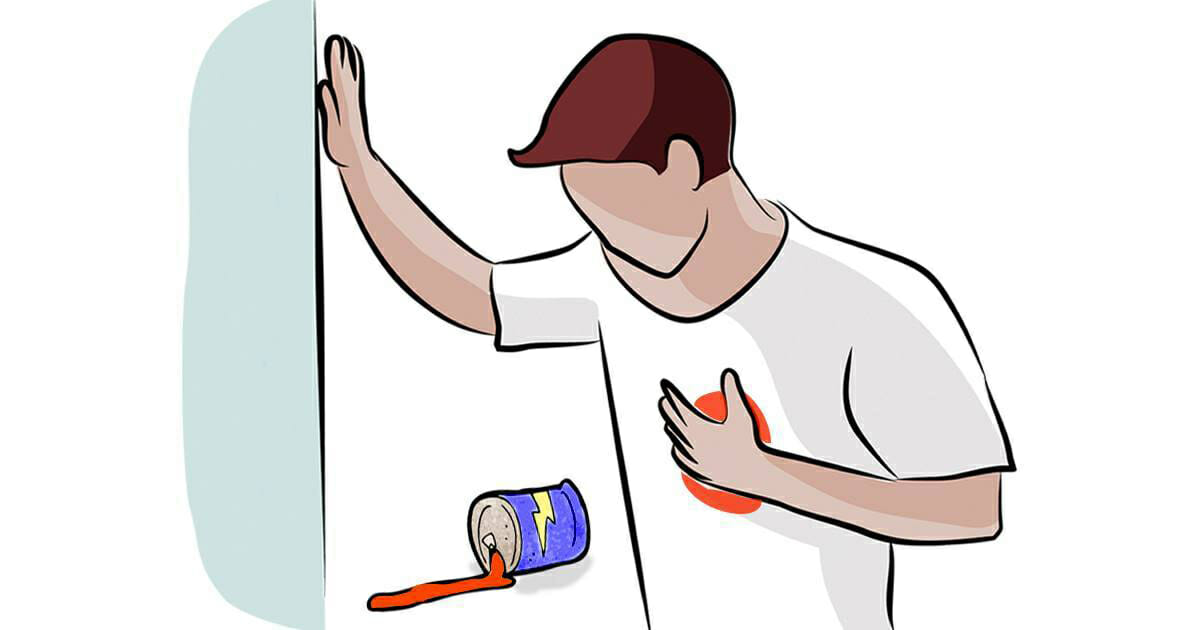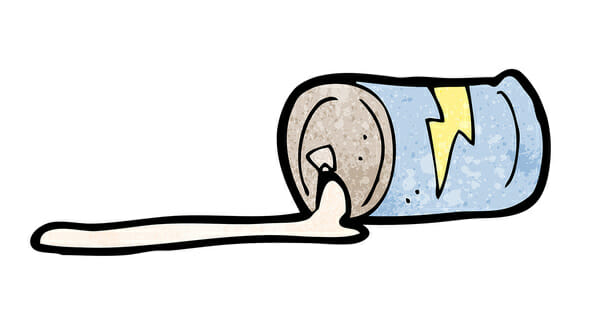

Have you ever turned to an energy drink when feeling tired, or maybe someone around you has? If you use them to cut back on coffee or soda, you might want to reconsider. Energy drinks could be far more hazardous than you think.
Research conducted by the Danish National Nutrition Institute showed that 42 percent of participants experienced adverse effects from consuming energy drinks.
And these side effects were far from pleasant.
Many individuals, particularly youngsters, occasionally reach for an energy drink as a quick energy boost. These beverages often contain high levels of caffeine and sugar, which deliver the desired energy kick.
However, findings from a study involving 3,682 individuals unveiled alarming facts. Excessive consumption of energy drinks can lead to harmful side effects and long-term consequences.
The study highlighted that high quantities of caffeine, in combination with other stimulants, resulted in various negative side effects, such as:
Other research has also identified additional side effects, including:


As mentioned, 42 percent of the study participants experienced side effects, mainly due to the combination of ingredients, particularly the high levels of caffeine and sugar.
While the side effects of energy drinks can often be managed or reduced, the most effective way to address them is to simply stop consuming these sugary beverages.
However, the dangers don’t end there. The Danish study also concluded that “increased consumption of sugary soft and energy drinks increases the risk of obesity, type 2 diabetes, tooth decay, and dental erosion.”
The high sugar content elevates the risk of potentially fatal complications, making energy drinks among the most hazardous beverages. The study revealed that energy drinks “often contain more than 10 to 30% extra sugar than soft drinks.”


The problem is exacerbated by the fact that nearly half of all energy drinks currently available are in half-liter containers. This marks a significant shift from the past, where in 2010, only 15 percent of cans were half a liter, compared to nearly half today.
The Danish Food Authority advises against giving energy drinks to children. These drinks pose an even greater risk to young children’s bodies, as they struggle to process the large amounts of caffeine and sugar. The organization suggests that many children consume these drinks at parties or post-sports activities, and emphasizes the need for more parental awareness about the associated dangers.
In the future, think twice before reaching for another energy drink. Share this article to raise awareness among your friends and family about the risks, especially for their children or grandchildren!




